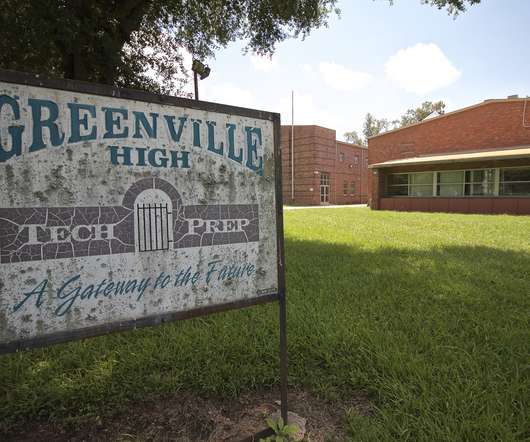What New Research on Young Kids’ Media Use Means for Teachers
Graphite Blog
OCTOBER 16, 2017
Mobile Access Is Nearly Universal Perhaps it’s no surprise to learn that mobile device use has become nearly universal, with 98 percent of kids age 8 and under living in a home with some type of mobile device. Consider the following tips: Educate yourself on high-quality mobile tools that are great for learning.
















Let's personalize your content